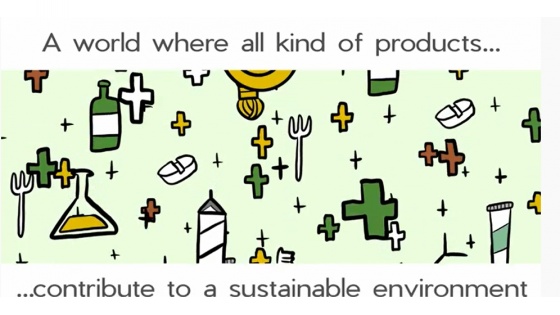
The Budapest LNG Summit unveiled Shell’s insights into the future of liquefied natural gas (LNG), with
projections indicating a substantial global demand surge by 2040. J. Jefferson Edwards presented
interesting statistics emphasizing shifts in China's industrial sector and increased usage in South-east
Asia. Péter Szijjártó emphasized the significance of the LNG contract between Hungary and Shell, indicating continued collaboration.
Attendees gained valuable insights at the Budapest LNG Summit on the 9th of April. J. Jefferson
Edwards, VP Shell Energy Business Integration and Fundamentals presented the Shell LNG Outlook,
providing information on current and expected liquefied natural gas related statistics.
The projected increase in global liquefied natural gas (LNG) demand exceeds 50% by 2040, driven by
the acceleration of industrial coal-to-gas transitions in China and increased utilization of LNG in South
Asian and South-east Asian nations to fuel their economic expansion.
In 2023, global LNG trade surged to 404 million tonnes, marking a rise from 397 million tonnes in
2022. However, tight LNG supplies have constrained growth, keeping prices and volatility above
historical norms.
While some regions have already experienced peak demand for natural gas, the global trend
continues to ascend, with industry forecasts suggesting LNG demand could reach approximately
625-685 million tonnes annually by 2040. During the conference, Péter Szijjártó, the Minister of
Foreign Affairs and Trade of Hungary and a key stakeholder for Shell Hungary, underscored the
significance and benefits of the LNG contract between the Hungarian government and Shell.
Additionally, he announced the continued collaboration between the two entities.
Additional information about the Shell LNG Outlook is available on the https://www.shell.com/what-we-do/oil-and-natural-gas/liquefied-natural-gas-lng/lng-outlook-2024.html website.







